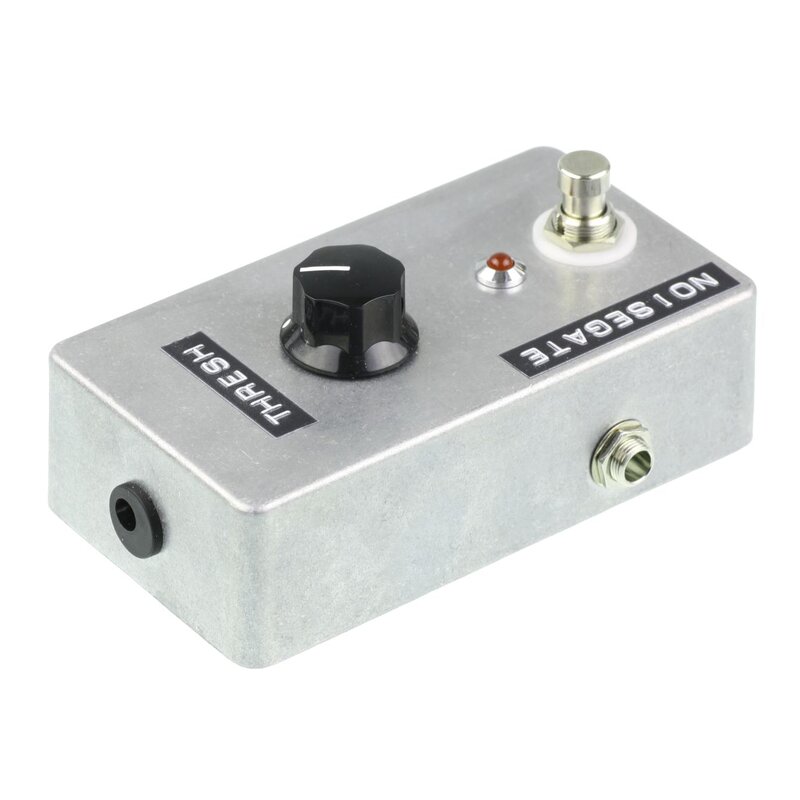iamjackslackof
Well-known member
Hi all,
I'm trying to reduce the noise floor of some of my effects, especially my main OD, a Skreddy Screwdriver. The noise is quite noticeable when I dime the volume pot to get the output level I want, so my idea was to keep it low, and use a transparent clean boost at the end of my signal chain to bring up the total volume to where I want it.
So far I don't have any true clean boosts, but I've used a rangemaster and an EP-3, and I'm still getting a comparable amount of noise. Power-wise, I have a conditioning powerstrip, feeding my Harley Benton PSUs (which I think are isolated?), and each effect getting it's own power (no daisychaining).
I know there's a lot of factors that go into noise, so I'm trying to cover all my bases, and it seemed to me that a clean boost might be an easy way to get some volume without increasing it.
So any recommendations on a quiet clean boost? I'm looking at the Transcendence Boost, but I'm open to suggestions.
Also, is it worth considering shielded inputs/outputs on my pedal jacks?
Thanks!
I'm trying to reduce the noise floor of some of my effects, especially my main OD, a Skreddy Screwdriver. The noise is quite noticeable when I dime the volume pot to get the output level I want, so my idea was to keep it low, and use a transparent clean boost at the end of my signal chain to bring up the total volume to where I want it.
So far I don't have any true clean boosts, but I've used a rangemaster and an EP-3, and I'm still getting a comparable amount of noise. Power-wise, I have a conditioning powerstrip, feeding my Harley Benton PSUs (which I think are isolated?), and each effect getting it's own power (no daisychaining).
I know there's a lot of factors that go into noise, so I'm trying to cover all my bases, and it seemed to me that a clean boost might be an easy way to get some volume without increasing it.
So any recommendations on a quiet clean boost? I'm looking at the Transcendence Boost, but I'm open to suggestions.
Also, is it worth considering shielded inputs/outputs on my pedal jacks?
Thanks!


